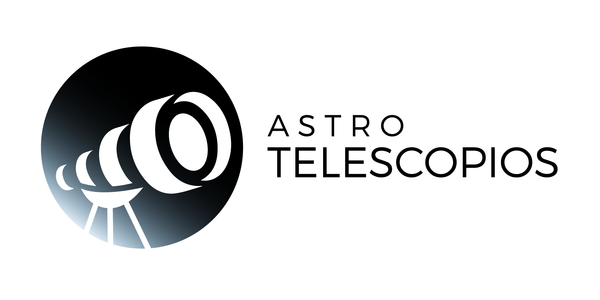
The use of binoculars in astronomical observation
Astronomical observing has fascinated humanity throughout history, and while many think of massive telescopes when it comes to exploring the night sky, binoculars also play a crucial role in this exciting activity. Although they cannot match the power of telescopes, binoculars offer a unique and accessible perspective for amateur astronomical enthusiasts.
Advantages of using Binoculars
1. Portability and Convenience:
Binoculars are compact and easy to carry, making them an ideal choice for those who want to explore the cosmos without the weight and complexity of a larger telescope. Additionally, they are quick to set up, allowing for instant observation.
2. Wide Field of Vision:
Binoculars offer a wider field of view compared to many telescopes, making it easier to locate constellations, stars, and other celestial objects. This makes them valuable tools for observing astronomical events such as meteor showers.
3. Affordable Price:
Compared to more advanced telescopes, binoculars are generally more affordable, allowing more people to enter the exciting world of astronomical observing without a significant investment.
How to Use Binoculars for Astronomical Observation
1. Choosing the Suitable Model:
Opting for binoculars with moderate magnification (8x or 10x) and a decent objective diameter will increase the quality of astronomical observing. Coated lenses and quality prisms are also key aspects to consider.
2. Dark Adaptation:
Astronomical observation is most effective in dark environments and away from light pollution. Allow your eyes to adapt to the darkness before beginning observation to better appreciate celestial details.
3. Location of Objects:
Use star maps or mobile apps to identify and locate celestial objects. Binoculars allow for quick focusing and make it easy to see nearby star clusters and galaxies.
4. Stabilization:
For a more comfortable and detailed experience, consider using tripods or special binocular mounts. This helps reduce fatigue and improves image stability.
What can you see with binoculars?
Binoculars, like telescopes, have an aperture and magnification. Therefore, a 15X70 binocular will provide you with more magnification than a 10X50 binocular. One factor to take into consideration is that the more magnifications, the less the image will be, because the binoculars are going to be larger and the chances that your hands will start to get tired are real, so in some cases the use of a photographic tripod.
With the 10X50 telescopes, the best sellers for amateur astronomical observation, you will be able to see the main star clusters, such as the Pleiades, nebulas such as Orion, details of the lunar surface and the planets Jupiter and its moons, Saturn and its crisp and small rings. All this mainly in very dark skies.
There are advocates that to start astronomical observation, you first have to have binoculars, then a telescope with a much higher aperture.
In conclusion, binoculars are valuable tools for those who want to immerse themselves in the fascinating world of astronomical observing without the complexity of larger equipment. Their portability, wide field of view, and affordability make them ideal companions for enthusiasts looking to explore the wonders of the cosmos.
Recommended products:
